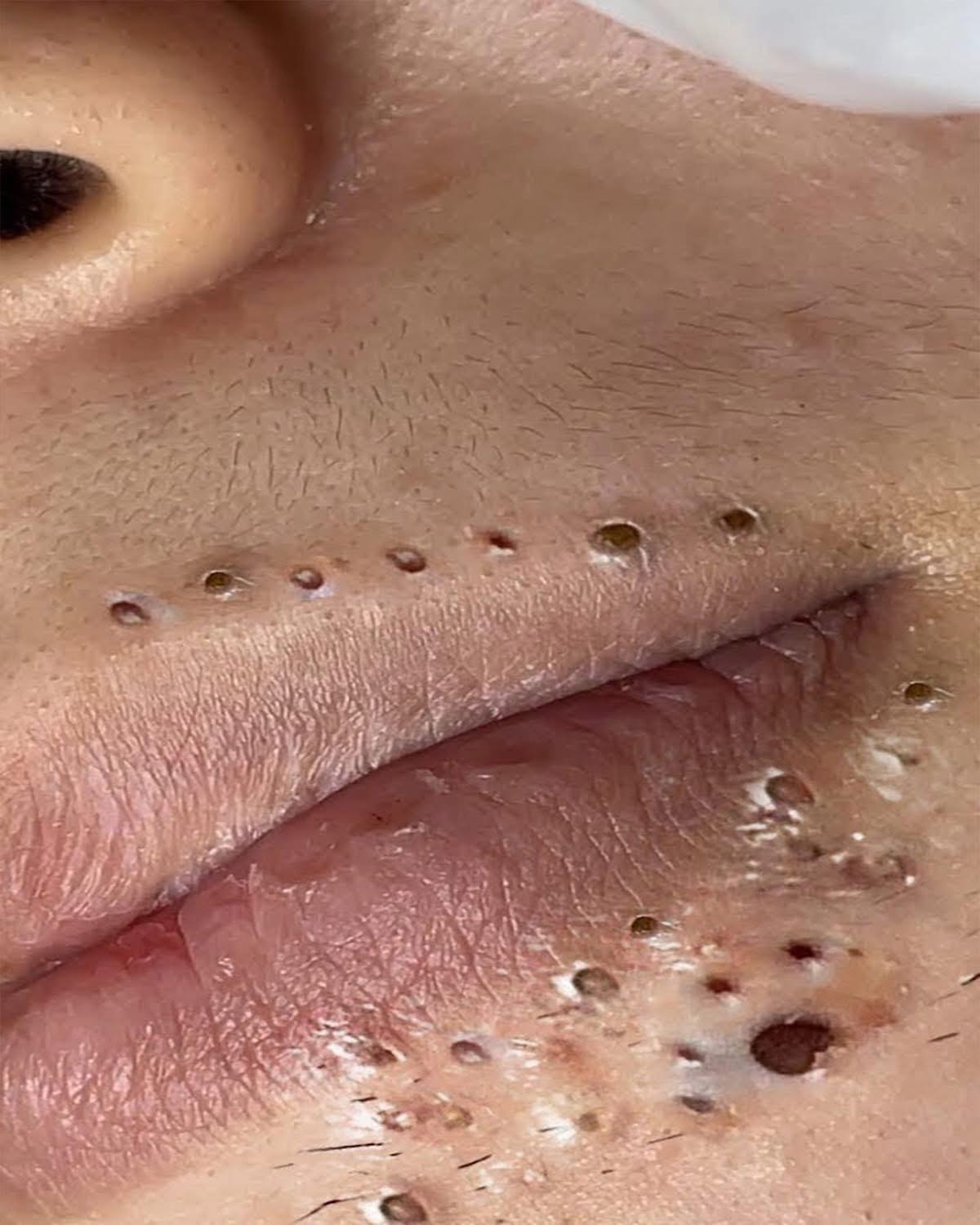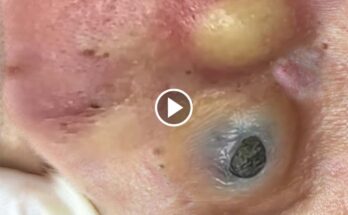A large abscess on the flank can be extremely painful and potentially dangerous if not treated promptly. In this case, the abscess had grown significantly in size, leading to intense localized swelling, tenderness, and pressure. Clinical evaluation confirmed the presence of a deep soft tissue infection requiring immediate intervention.
The abscess was carefully incised and drained under sterile conditions. Upon incision, copious amounts of purulent material (pus) were expressed. This purulence is typically a mixture of dead white blood cells, bacteria, and tissue debris — a clear sign of the body’s immune response to infection.
Drainage of the abscess provided immediate relief of pressure and reduced pain significantly. Complete expression of the purulence is crucial to prevent reaccumulation, reduce bacterial load, and allow the underlying tissue to begin healing. The cavity was thoroughly irrigated with saline to flush out any remaining infectious material.
Depending on the size and depth of the abscess, a wound packing or small drain may be placed to promote continued drainage over the next 24–48 hours. Antibiotics may be prescribed to control any remaining infection, especially if systemic signs (fever, elevated white count) were present before the procedure.

The patient will be monitored closely for signs of recurrence or delayed healing. Proper wound care, follow-up visits, and instructions on hygiene are essential to prevent complications.
Flank abscesses, while potentially serious, typically respond well to timely drainage and supportive care. In this case, the procedure not only resolved the immediate issue but also significantly improved the patient’s comfort and mobility.



